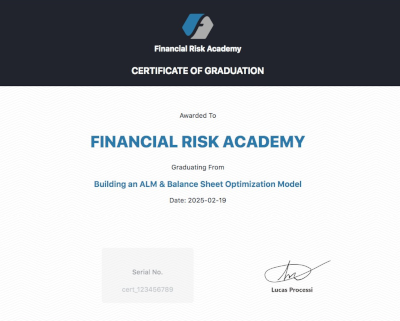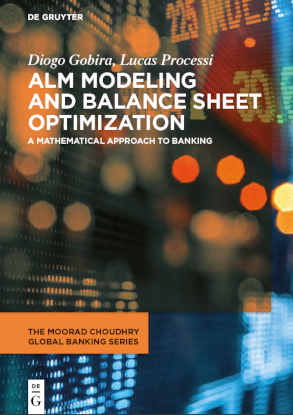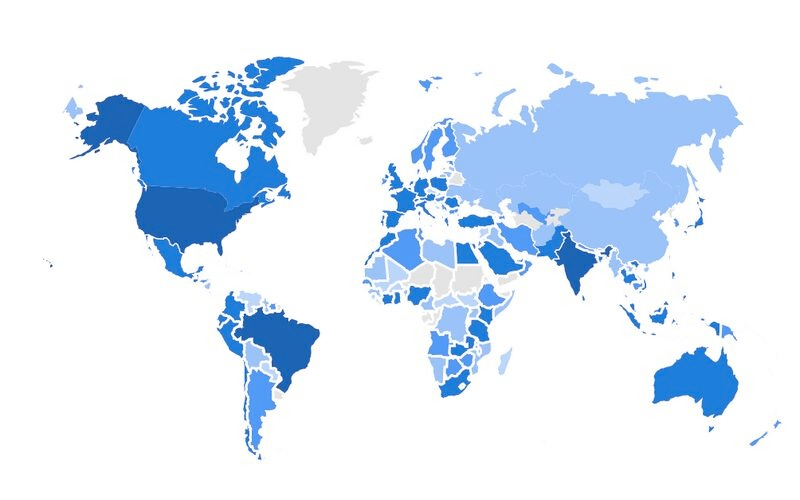Long-Term Interest Rate Simulations Using PCA and Hidden Markov Models
When dealing with medium- and long-term balance sheet simulations, we need to pay special attention to the scenarios we use to feed the simulations. This is because, over such time horizons, the economy and markets can go through different regimes, which in turn affect not only the levels but also the volatility of risk factors. Thus, it is important to have a scenario generation model capable of representing the existence of such regimes and the probabilities of transitions between them. In my view, one very useful class of models for representing this type of dynamics is the so-called HMM (Hidden Markov Models)..
![]() Financial Risk Academy
Financial Risk Academy









